Sound art: a note on the Colin Fallows Ensemble’s Reverbs
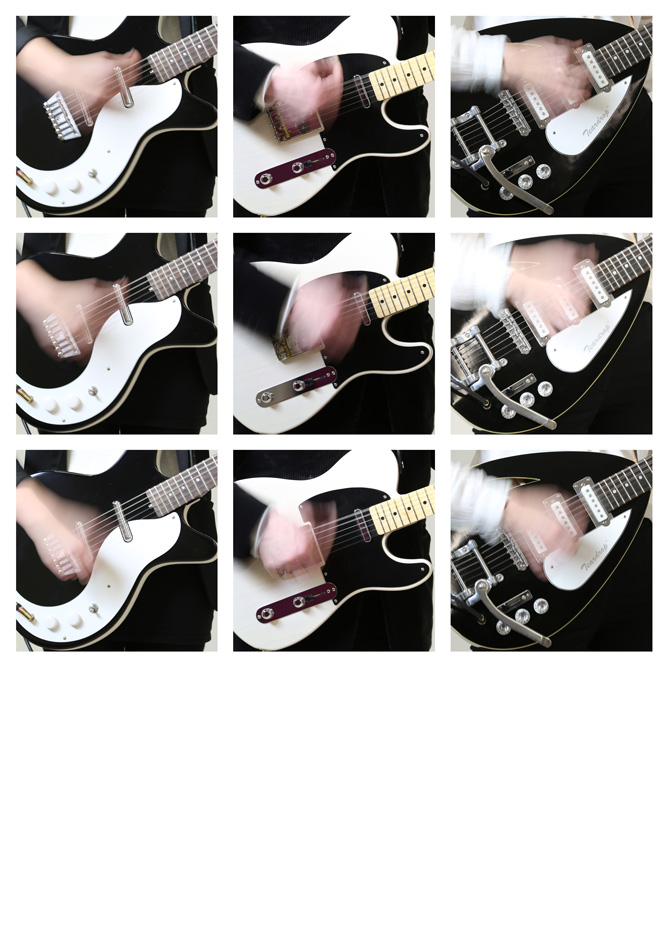
Colin Fallows – professor of sound and visual arts at Liverpool John Moores University – is the curator behind the London Wilkinson Gallery's 'Sex Pistols, April 1976: The Art of PTMADDEN'.
An artist and curator whose research explores crossovers between sound and the visual arts, Fallows has produced soundworks for live ensemble performance, recordings, exhibitions and installations, radio and the internet, and his artistic and curatorial projects have featured in numerous festivals, galleries and museums worldwide.
He also leads the Colin Fallows Ensemble, an electric guitar trio dedicated to the performance of multi-layered soundworks, dense with microtones which generate numerous overtones through bespoke tuning to resonant performance spaces. The members of the ensemble are Colin Fallows, Bee Hughes and Eva Petersen; its performances combine the precision and clarity of a string trio with the locomotive power of a noise-machine orchestra.
The CFE performed Reverbs, a series of related compositions by Fallows for prepared and treated electric guitars, throughout 2015 at the Wilkinson Gallery, staged in collaboration with the Boudicca fashion house and recorded in ambisonic surround-sound by the British Library Sound Archive.
Below, listen to a clip of the Ensemble performing at the gallery in Decemeber 2015 – entitled Twenty Three In A (2016) – before culture writer and novelist Michael Bracewell delves deep into sonic space to give Wallpaper* an inside analysis of the Reverbs series:
Somewhere not too deep within the principle of the Colin Fallows Ensemble seems to lie the virtue of tension – in this case a précis of Stravinsky’s observation that constraint in the creative process will paradoxically enable artistic liberation. Here is a tension of opposites: from rigid discipline, from artistic organisation, comes formal urgency and originality.
To begin at the beginning: when playing, the CFE present themselves in a restrained manner; as figures within the installation of their performance, they are stylishly but neatly dressed. A hair’s breadth from dandyism (the high dandyism of Kraftwerk for example) this conservatism appears to perform a function within the work: sartorial restraint, coupled with the object fetishism of the Ensemble’s vintage electric guitars and beautifully crafted amps, carefully aligned, creates a tautness.
This tautness, pre-playing, becomes acoustic; the sonic space becomes as charged as the heavy summer air before an electrical storm. Informality or liberalism of any kind would weaken this effect. All must appear natural, amiable (a creative strategy likewise employed by Gilbert & George) yet controlled, organised, calm. For the Ensemble, these qualities – neatness, control, discipline, calm – seem also to assist their subsequent playing to create a dialogue with the space in which they are playing.
For the listener, the first incision made by the Ensemble’s sound into the 'tidied' acoustic space may seem pulverising and anarchic. A brutal clamour of electric guitar noise that over time begins to separate, in the hearing, into what sound like strata of reverberation. A comparison might be with the peel of bells (while bringing to mind Brian Eno’s sonic imaginings of, for instance, the sound of a glass bell that is seven miles wide); likewise with post-punk and noise-punk explorations of repetition and critical mass.
And yet the CFE appear less concerned with the relationship of their playing to ‘music’ than its sculptural malleability and its affinity to abstraction. As the Ensemble’s playing creates drones and over-tones – mists, aura and dense furrows of sound that are at once resonant, persistent and semi-illusory – so these sonic effects, resultant on rigidity and tension, might resemble the 'movement' and migrations of shapes and colours in op art, most famously the metrical and meticulously formulated abstraction of Bridget Riley.
In what Riley has termed the 'pacing' of forms, shapes, colours and tones, a rhythm is established within the composition of her work that creates its own movement, shimmer and optic effect. Lines, curves or geometric forms can appear to move inwards, create their own declivities, falls, horizontal, vertical or diagonal shifts – these 'movements', apparently autonomous and independent, are created by the artwork rather than within the artwork. When looking at the art of Bridget Riley, the viewer seems reflexively to search for a place with the picture plane where the gaze can rest, focus and take its bearings, optically. The composition of the work then denies this. All is already in flow and motion; thus the viewer’s gaze is caught and carried, as though by a strong current, rather than offered a static or neutral point of commencement from which to proceed with the act of looking.
The listener seems to have a similar experience when hearing the Reverbs of the Colin Fallows Ensemble. There seems to be no place on which the experience of hearing can rest, or ‘begin’; rather, a continuum of sound which in turn – by way of form, density, volume, speed – creates its own autonomous internal shifts or apparitions of movement. Rigidity and formality become the agents of sonic and optical metamorphoses and liberation. Thus, in one sense, an artwork by Riley – her epic lyrical painting, Late Morning (1967–68), for example – might be likened to a score, in which 'pacing' and repetition create layers and over-layers of movement and tonal value.
The Colin Fallows Ensemble thus deploy formality and discipline to constrain and compress intense fronts and clamours of sound, these sonic densities in their turn seeming to create their own internal variations. The circuitry of the Ensemble’s creative process is also routed through, or sealed by, their relationship to the space in which they play. Venue – its history, ambience, dimension, function – is regarded by the Ensemble as a major informant of the completed work, both acoustically and contextually.
Implicit in the term ‘reverb’ are the notions of both resonance and time travel (the transmission of a sound from an earlier point in time to the instant of hearing, and then potentially onward); Wikipedia usefully and accurately employs the terms ‘amplitude’ and ‘reflection’ to describe the sonic processes of reverb. The capacity and temper of these terms is the principal preoccupation of the Colin Fallows Ensemble.
INFORMATION
Audio recorded live 15 December 2015 at Wilkinson Gallery, London; recorded by the British Library Sound Archive.
Photography courtesy Colin Fallows Ensemble
Receive our daily digest of inspiration, escapism and design stories from around the world direct to your inbox.
-
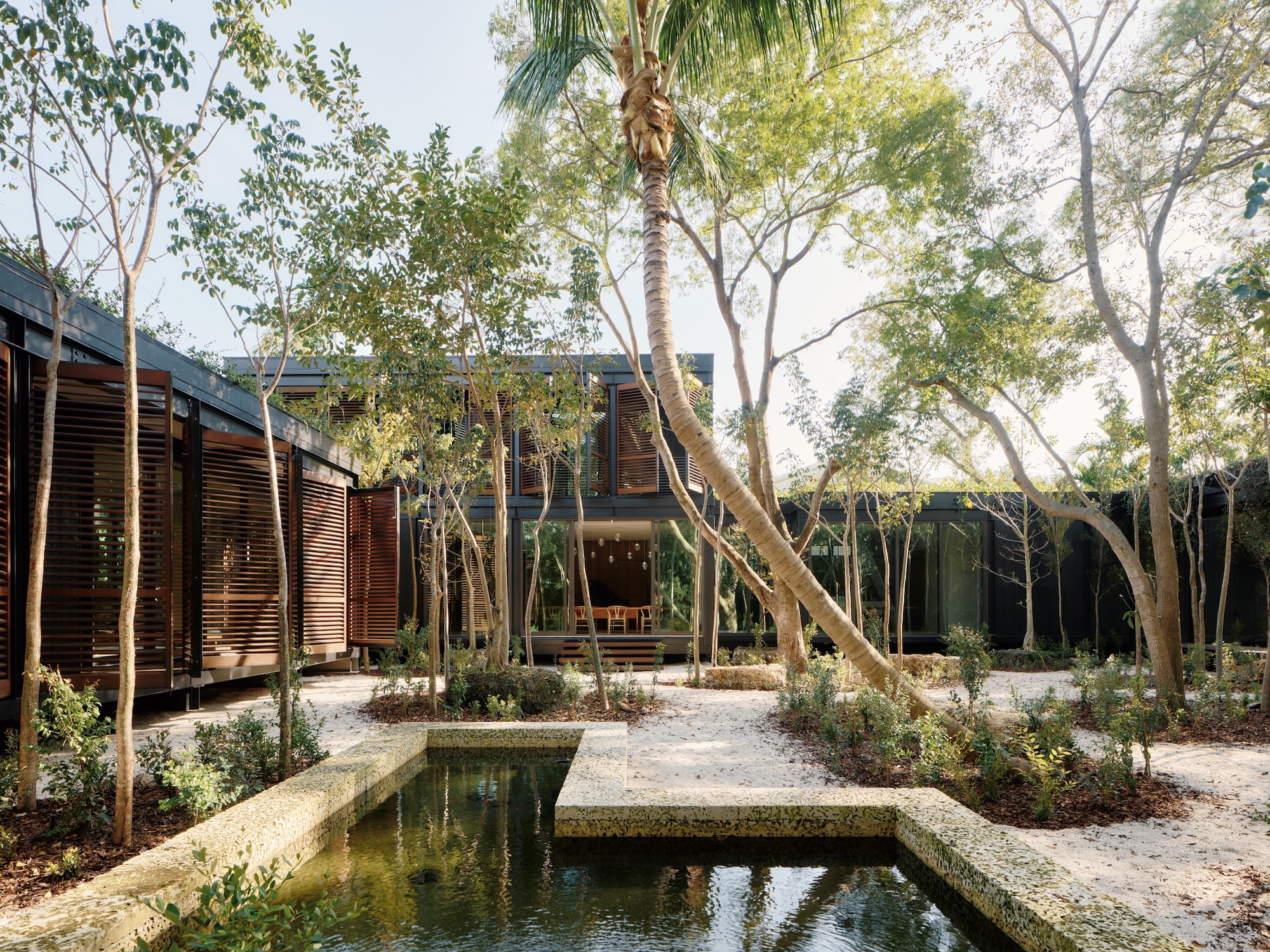 This ethereal Miami residence sprouted out of a wild, jungle-like garden
This ethereal Miami residence sprouted out of a wild, jungle-like gardenA Miami couple tapped local firm Brillhart Architecture to design them a house that merged Florida vernacular, Paul Rudolph and 'too many plants to count’
-
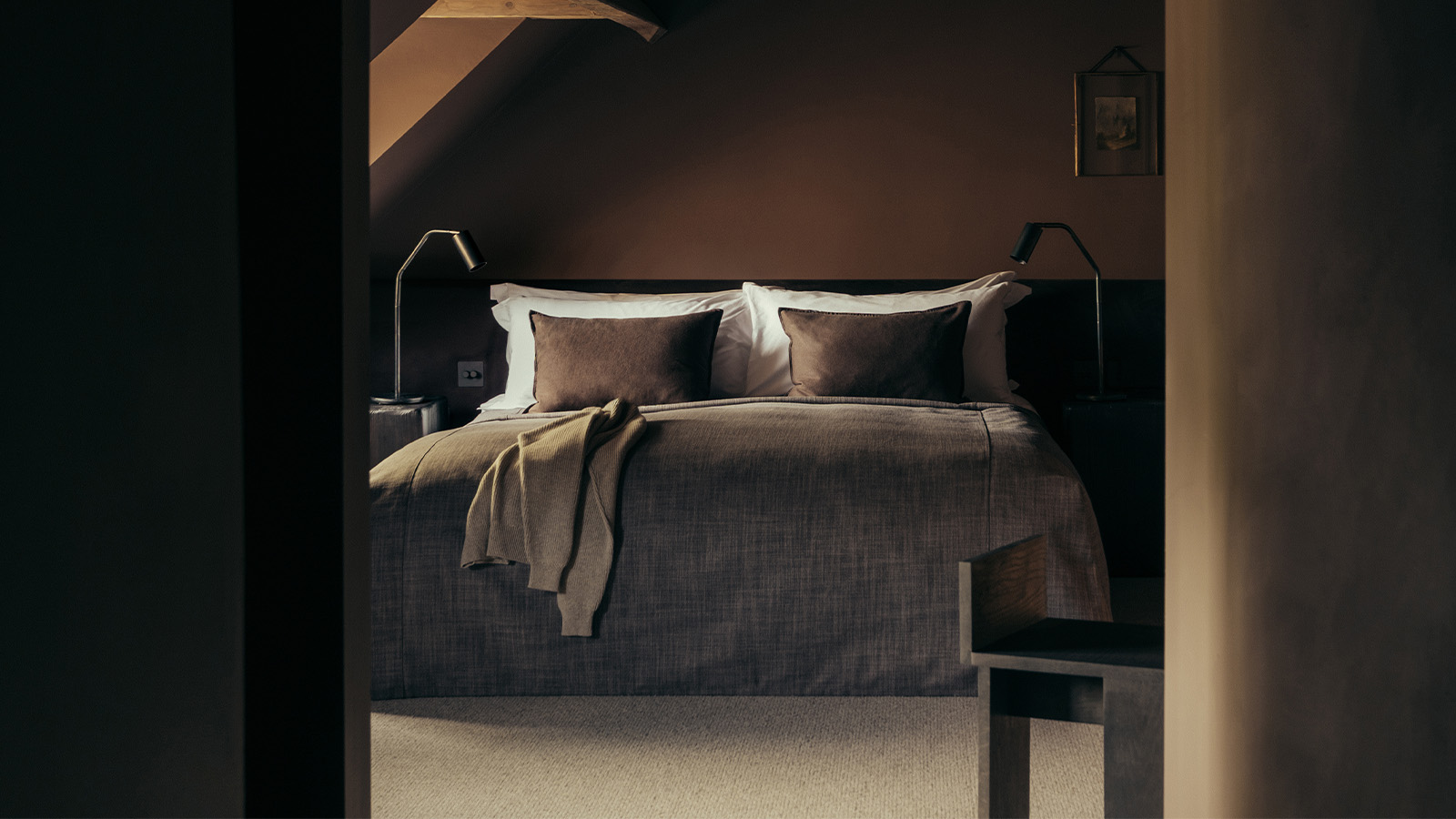 At this charming bolthole in The Cotswolds, doing nothing is an art form
At this charming bolthole in The Cotswolds, doing nothing is an art formLeave your mobile on ‘do not disturb’, switch off and slow down at this 16th-century manor-turned-hotel
-
 Out of office: The Wallpaper* editors’ picks of the week
Out of office: The Wallpaper* editors’ picks of the weekIt’s been a week of escapism: daydreams of Ghana sparked by lively local projects, glimpses of Tokyo on nostalgic film rolls, and a charming foray into the heart of Christmas as the festive season kicks off in earnest
-
 Out of office: The Wallpaper* editors’ picks of the week
Out of office: The Wallpaper* editors’ picks of the weekIt’s been a week of escapism: daydreams of Ghana sparked by lively local projects, glimpses of Tokyo on nostalgic film rolls, and a charming foray into the heart of Christmas as the festive season kicks off in earnest
-
 Wes Anderson at the Design Museum celebrates an obsessive attention to detail
Wes Anderson at the Design Museum celebrates an obsessive attention to detail‘Wes Anderson: The Archives’ pays tribute to the American film director’s career – expect props and puppets aplenty in this comprehensive London retrospective
-
 Meet Eva Helene Pade, the emerging artist redefining figurative painting
Meet Eva Helene Pade, the emerging artist redefining figurative paintingPade’s dreamlike figures in a crowd are currently on show at Thaddaeus Ropac London; she tells us about her need ‘to capture movements especially’
-
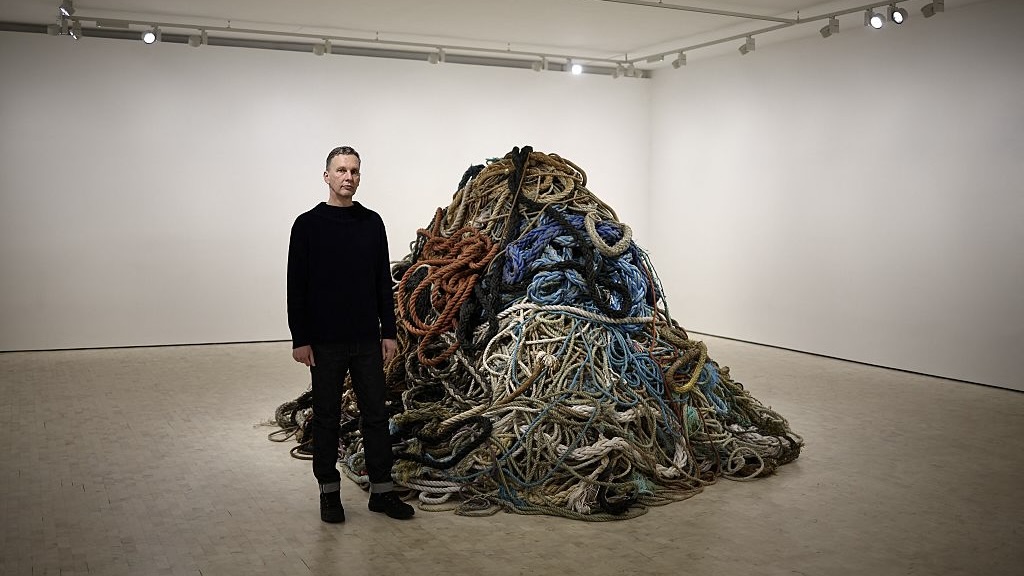 David Shrigley is quite literally asking for money for old rope (£1 million, to be precise)
David Shrigley is quite literally asking for money for old rope (£1 million, to be precise)The Turner Prize-nominated artist has filled a London gallery with ten tonnes of discarded rope, priced at £1 million, slyly questioning the arbitrariness of artistic value
-
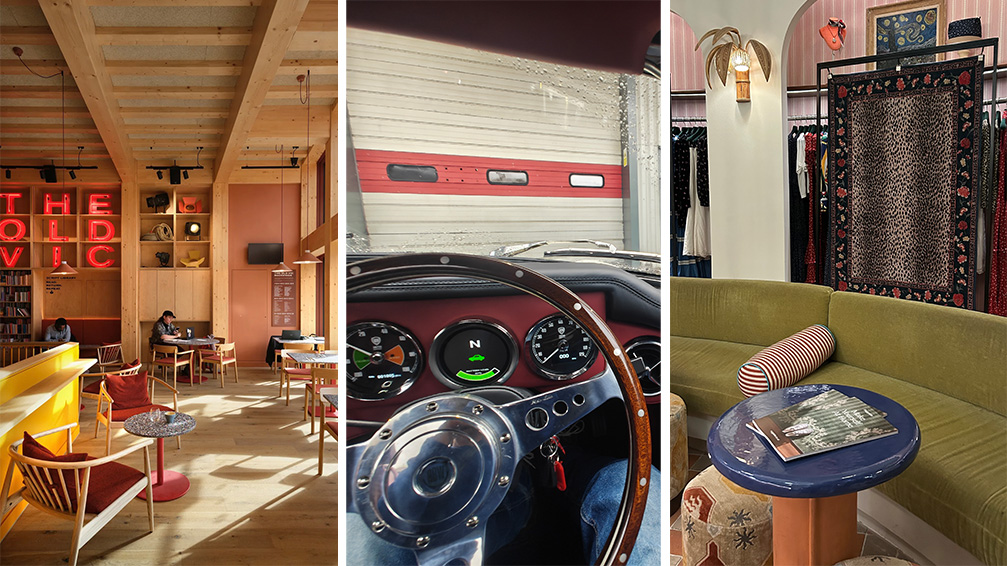 Out of office: The Wallpaper* editors’ picks of the week
Out of office: The Wallpaper* editors’ picks of the weekThe rain is falling, the nights are closing in, and it’s still a bit too early to get excited for Christmas, but this week, the Wallpaper* team brought warmth to the gloom with cosy interiors, good books, and a Hebridean dram
-
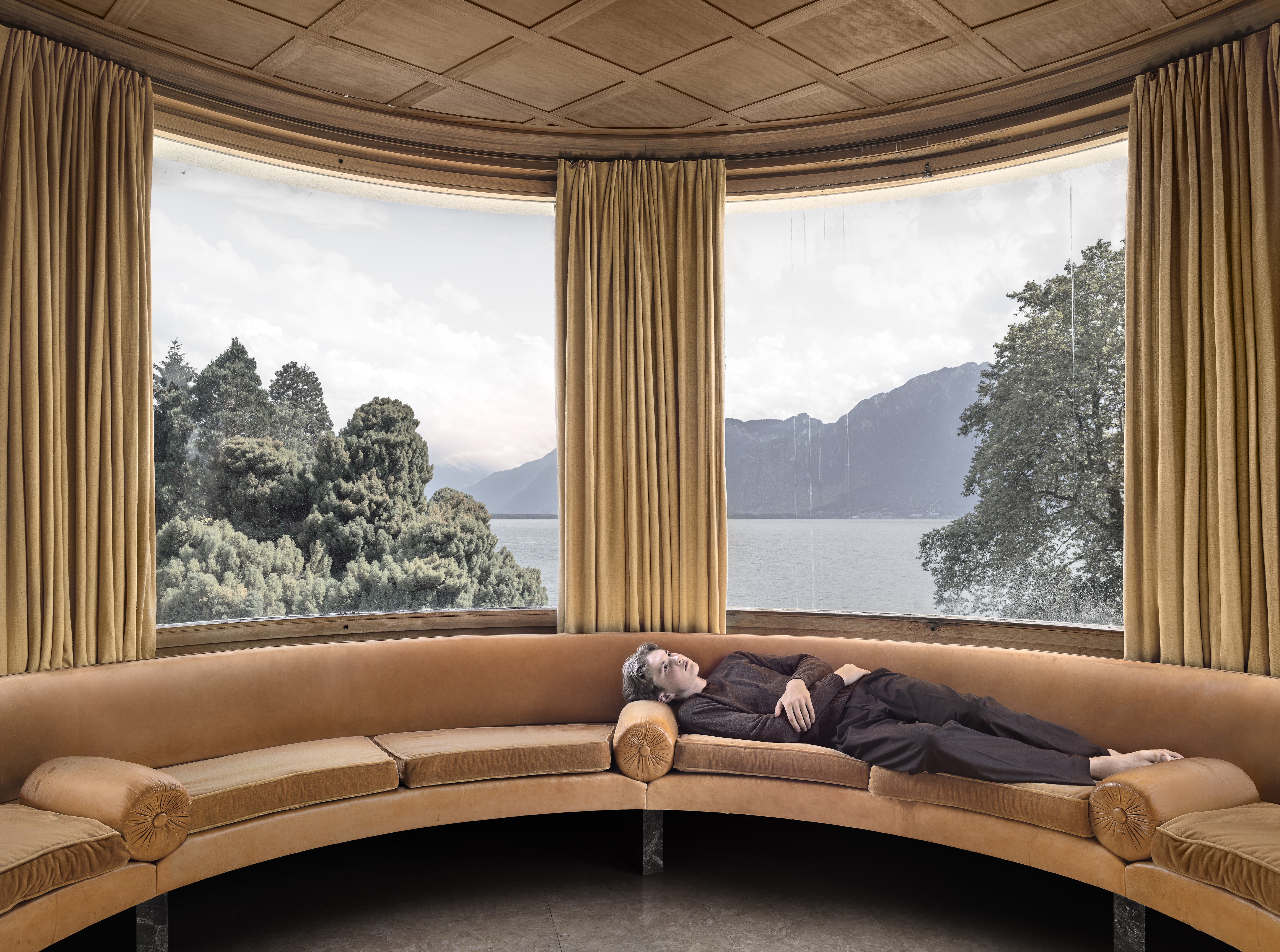 A former leprosarium with a traumatic past makes a haunting backdrop for Jaime Welsh's photographs
A former leprosarium with a traumatic past makes a haunting backdrop for Jaime Welsh's photographsIn 'Convalescent,' an exhibition at Ginny on Frederick in London, Jaime Welsh is drawn to the shores of Lake Geneva and the troubled history of Villa Karma
-
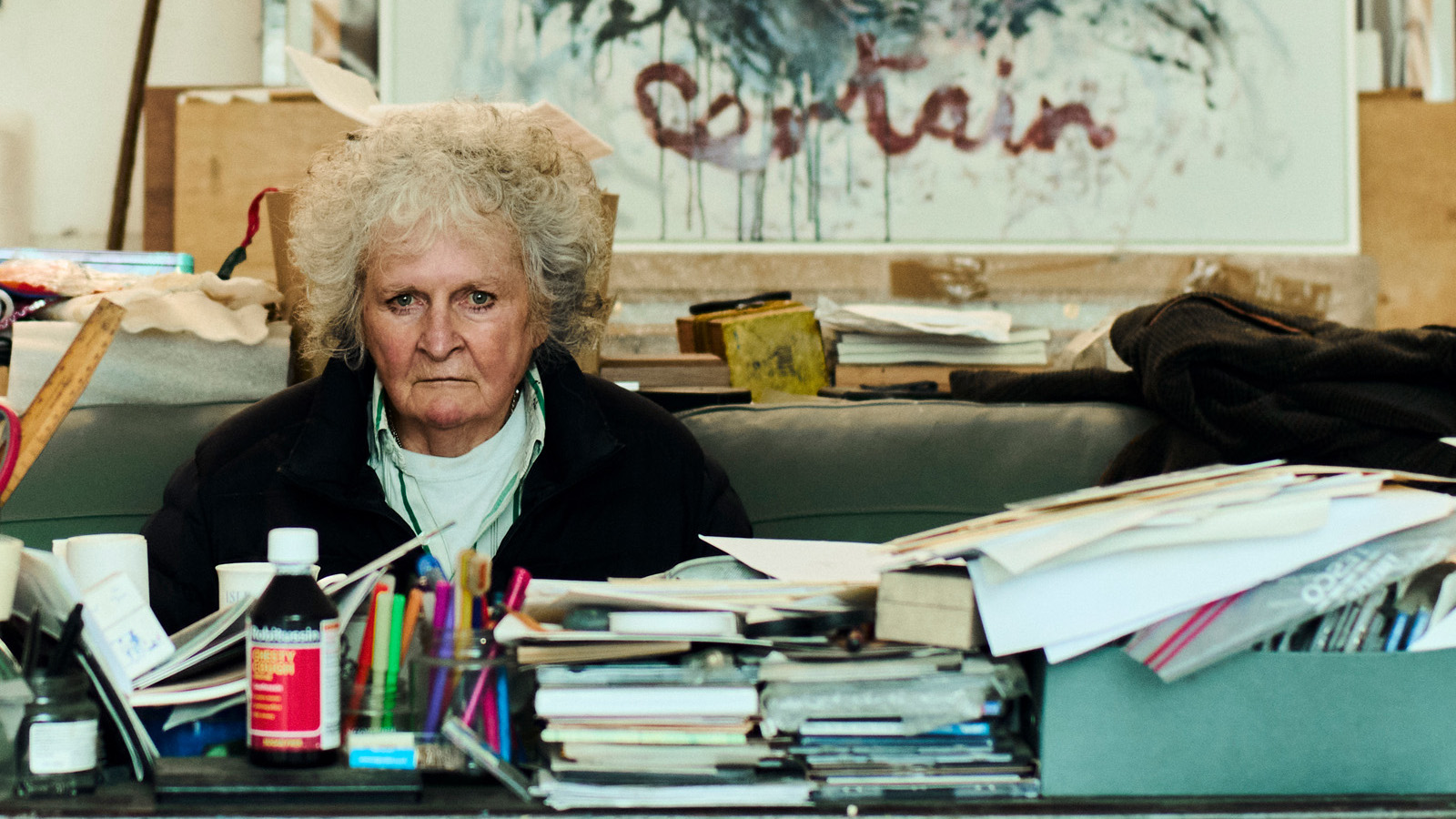 Maggi Hambling at 80: what next?
Maggi Hambling at 80: what next?To mark a significant year, artist Maggi Hambling is unveiling both a joint London exhibition with friend Sarah Lucas and a new Rizzoli monograph. We visit her in the studio
-
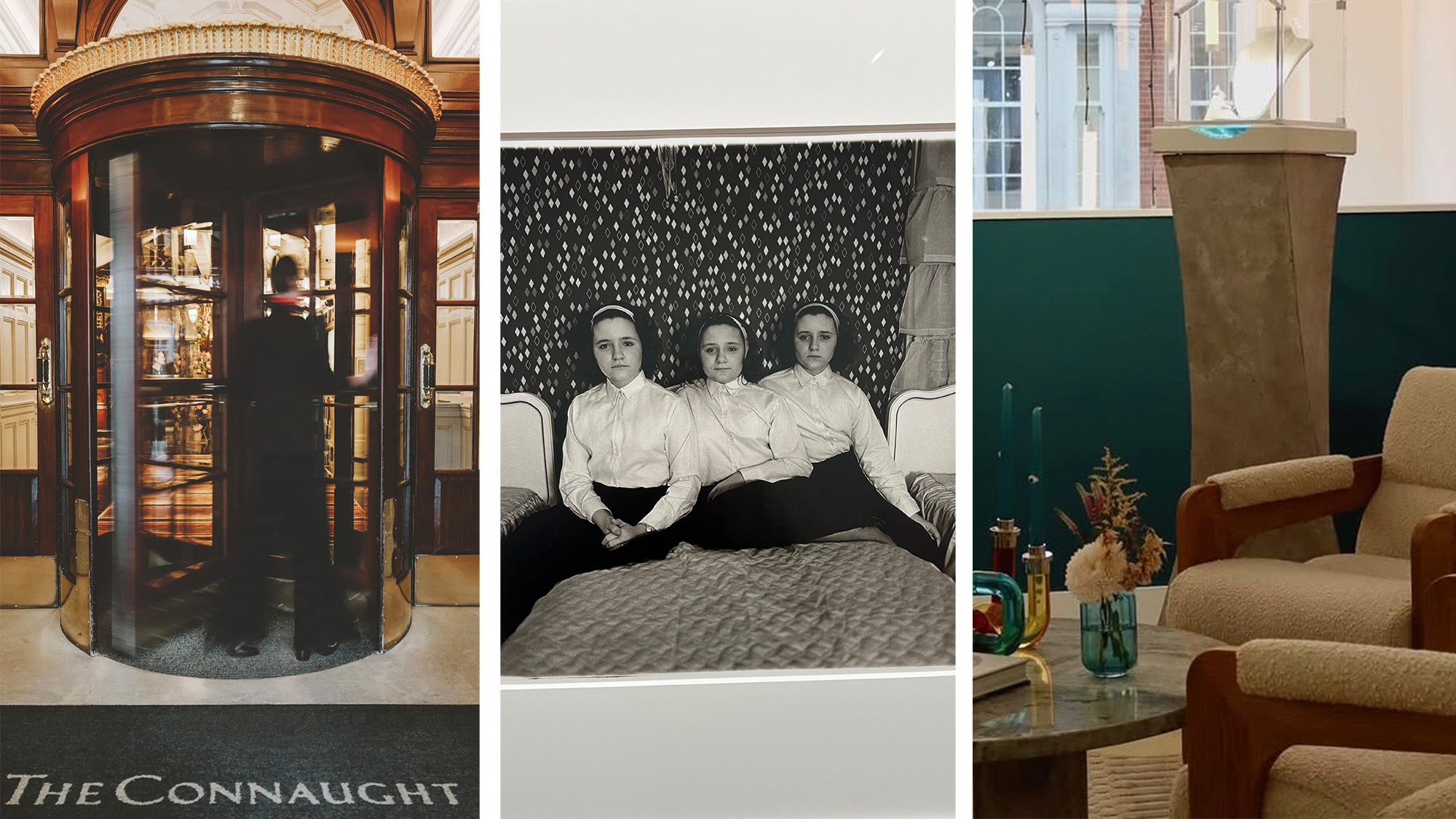 Out of office: The Wallpaper* editors’ picks of the week
Out of office: The Wallpaper* editors’ picks of the weekThis week, the Wallpaper* editors curated a diverse mix of experiences, from meeting diamond entrepreneurs and exploring perfume exhibitions to indulging in the the spectacle of a Middle Eastern Christmas